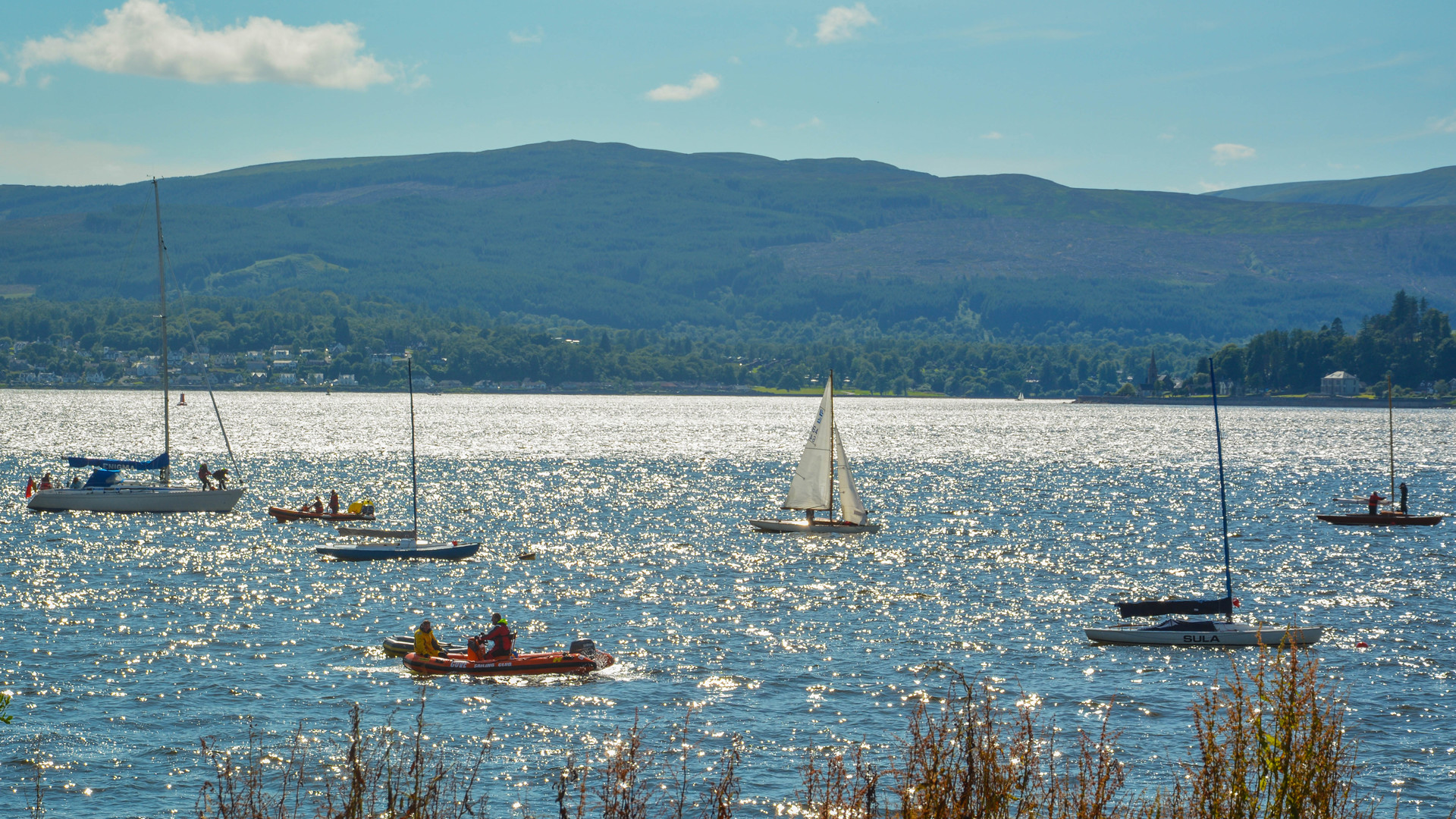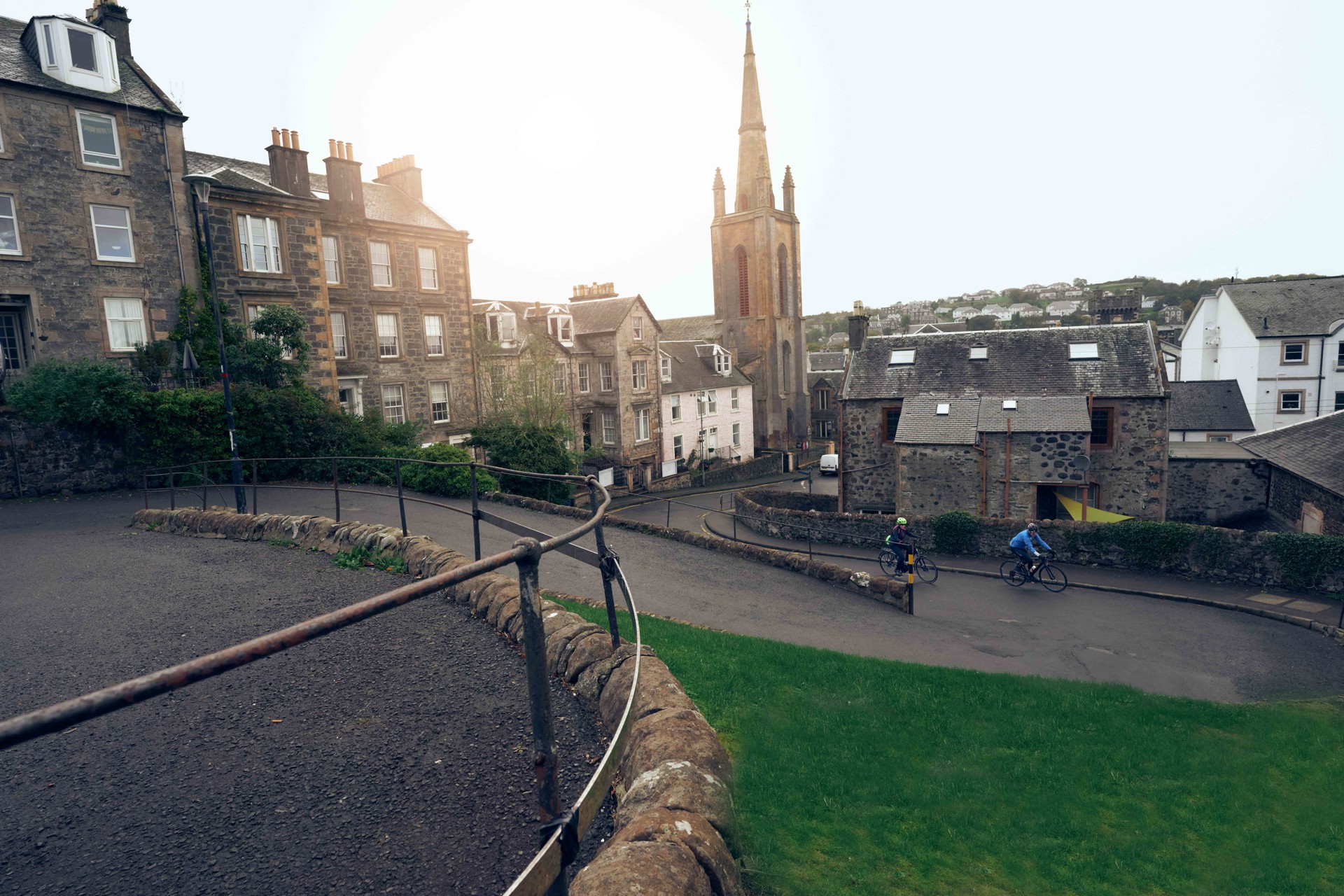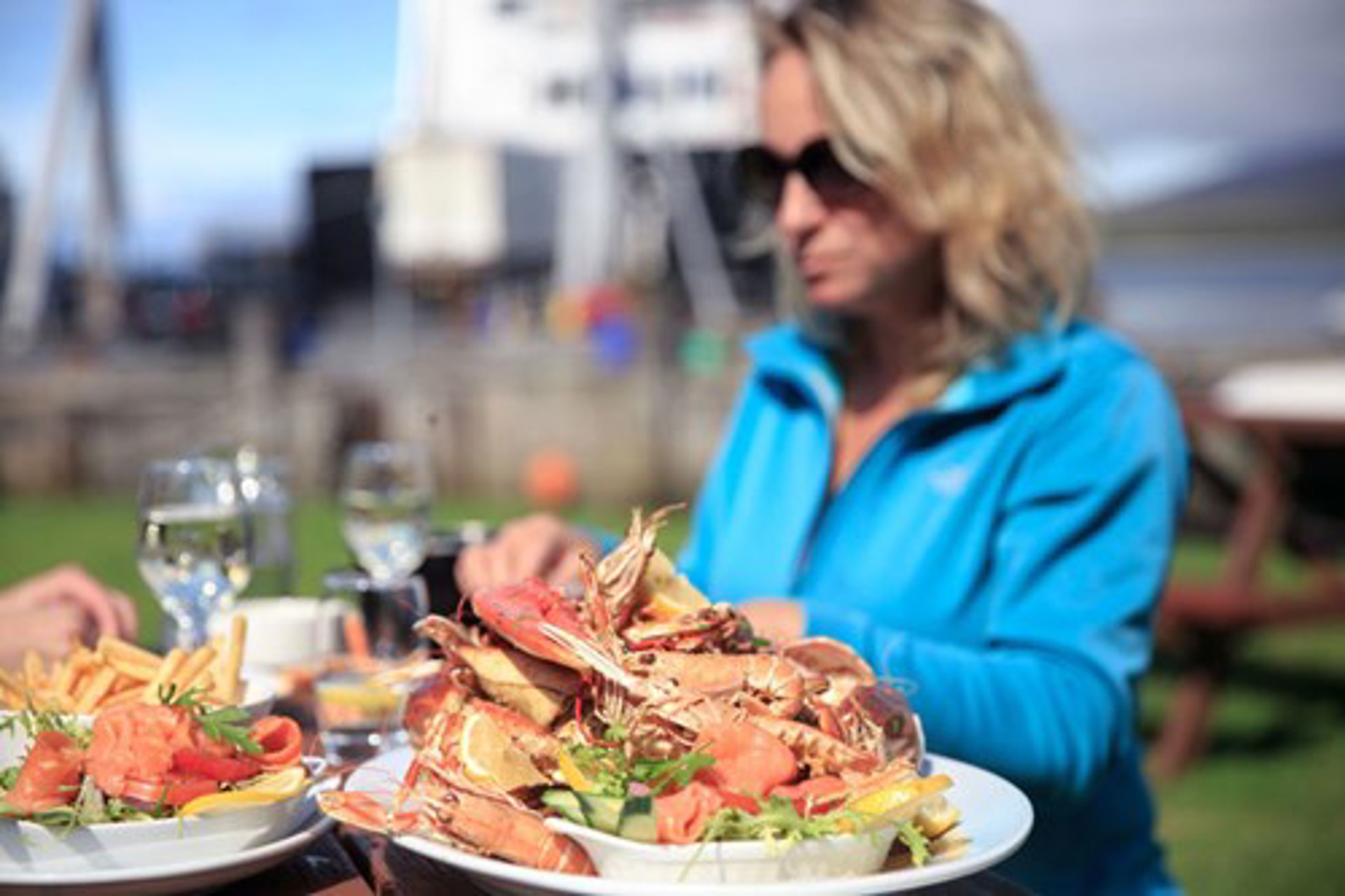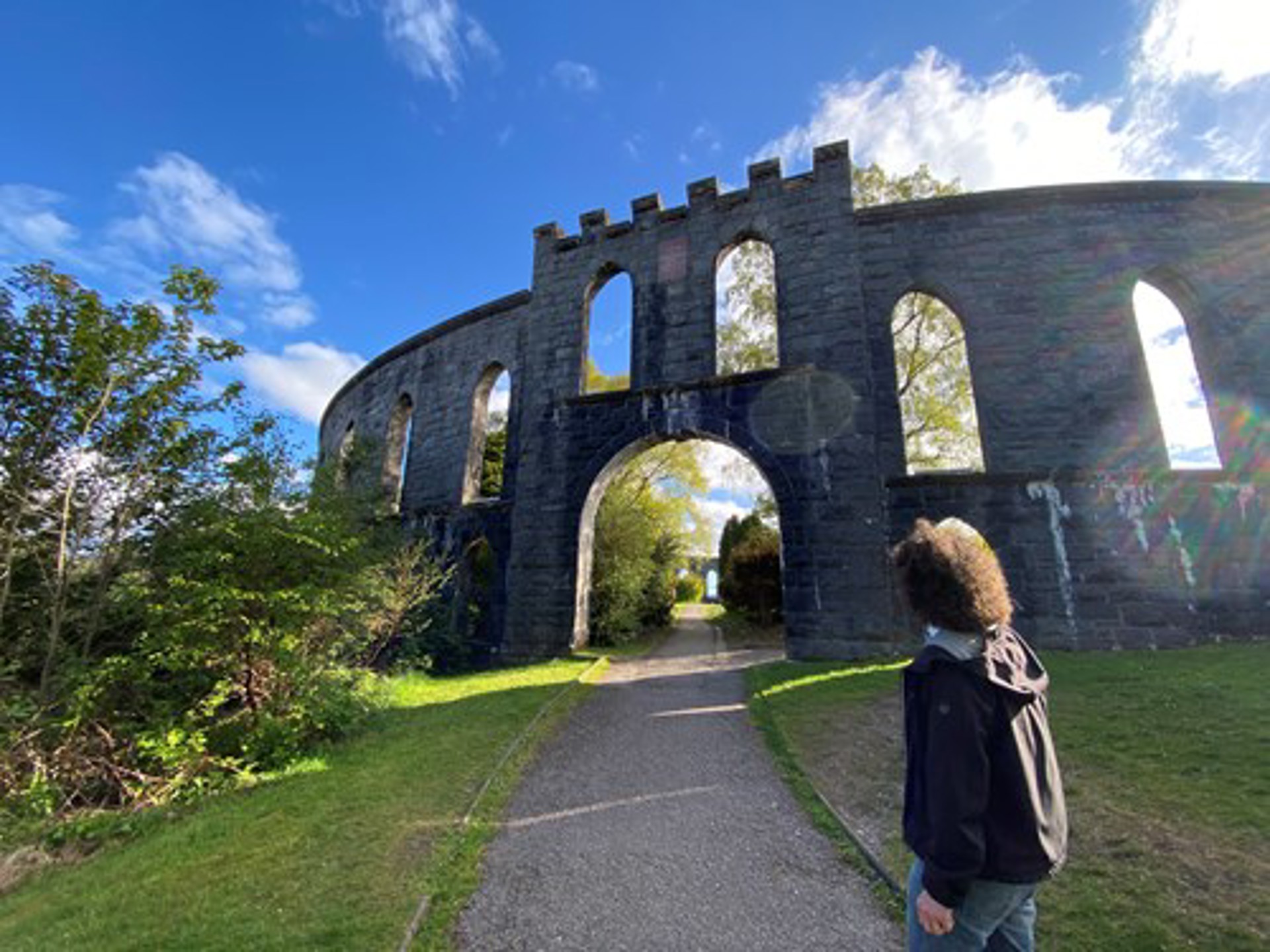Discover the Hidden Gem Kilcreggan
Kilcreggan sits at the south end of the beautiful Rosneath peninsula, flanked by Gare Loch and Loch Long. It’s a stunning location, with views across the water to Gourock and Greenock, and further down the Firth of Clyde towards the Isle of Arran. It’s not just the scenery that’s picturesque. The village itself is rather lovely too, with a remarkable Victorian heritage and glorious architecture. Isn’t it time you discovered Kilcreggan in Argyll?
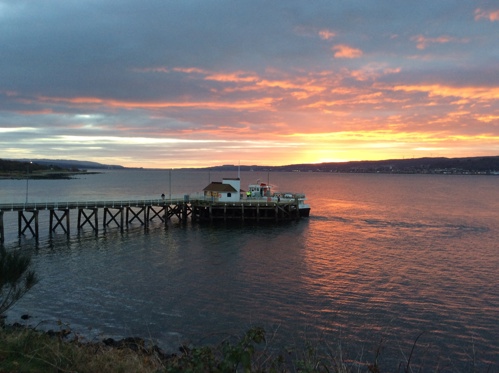
The village of two lochs – why Kilcreggan is one of Scotland’s gems!
A visit to Kilcreggan is like stepping back in time. The village grew from the 1840s onwards, when the Clyde steamers brought it within easy reach of Glasgow. In 1848 the 8th Duke of Argyll “feued” (gave the right to the use of land in return for a fixed annual payment) the south and west coasts of the peninsula for housing developments. He also had steamer piers built at Cove, Kilcreggan and Coulport to encourage the project. Feus were quickly taken-up and many prestigious villas and castles were built as summer retreats and permanent residencies for Glasgow’s well-to-do businessmen.
These wealthy ship builders and merchants commissioned some of the best architects of the day to design and build distinctive and distinguished homes. Kilcreggan, along with neighbouring Cove, is thought to have the largest concentration of Alexander ‘Greek’ Thomson-attributed architecture outside Glasgow and Historic Scotland’s website lists a remarkable total of 88 listed buildings in this small area.
Things to See & Do in Kilcreggan
Kilcreggan Pier was opened in 1850 and was described as “a substantial pier with commodious waiting-rooms and other conveniences”. It’s the oldest surviving wooden pier on the Clyde and still has the original signal discs dating from 1888 which regulated the order of steamers racing for the pier. In its heyday up to 39 ferries a day would call here. Kilcreggan Pier not only survives, but continues to be used. It’s the terminus for the ferry that links Kilcreggan with Gourock.
Visit Tut Tut Rock
Initially called 'The Pianted Rock' when first create din 1851, this piece of Victorian rock art is painted upon a boulder cast high on the shoreline by the retreat of a glacier during the last Ice Age.
The rock’s look has varied throughout the years, often to reflect historical events. Despite having no connection to Egypt, the rock gained its current name, Tut-Tut, in 1922 following Howard Carter’s discovery of Tutankhamun’s tomb
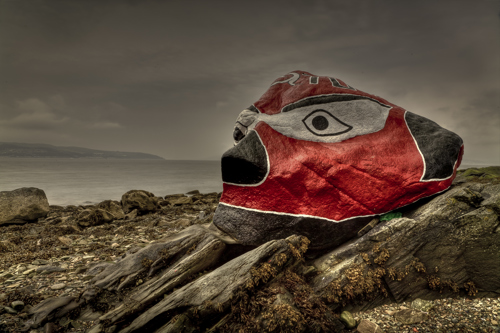
Enjoy the Victorian Architecture
Take a wander along the shoreline, enjoy the views and explore Kilcreggan village, which comprises five blocks of houses with shops at ground level. The first tenement was built in 1876. Donaldson Brae leads up to Kilcreggan Hotel, originally the summer residence of Peter Donaldson who was an iron and steel merchant from Glasgow. Other architectural highlights of Kilcreggan include the Italianate Auchendarroch and the small Alexander ‘Greek’ Thomson villa, Ardsloy. You can discover more architecture by following the Rosneath Peninsula West Coast Heritage Trail.
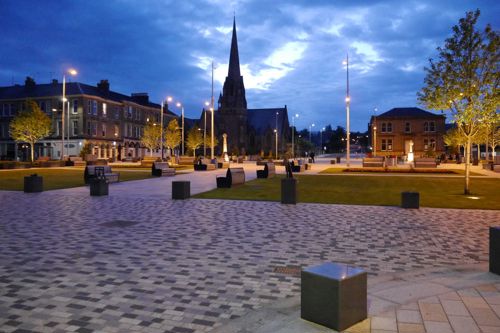
Discover the surrounding area: Helensburgh, Glen Arn and Linn Botanic Gardens
Take the time to explore the rest of Rosneath Peninsula and the surorunding area. As well as more stunning architecture, you’ll find fabulous walking and glorious gardens nearby. Glen Arn and Linn Botanic Gardens are both well worth a visit. Nearby Helensburgh offers fantastic shopping and places to eat, and it’s also home to Hill House, universally regarded as Charles Rennie Mackintosh’s finest domestic creation.
